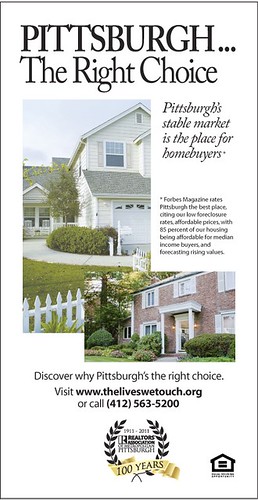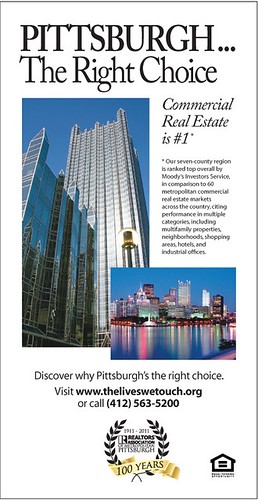Maybe not a branding campaign, but a good image building campaign nonetheless
Just as the study team believes that "we are all destination managers now," elected and appointed officials in particular and in association with other community stakeholders serve as a community’s “brand managers”—whether or not they choose to think of their roles in this manner.
That means that decision-making on land use and zoning, business issues, infrastructure development (roads, sewers, water, utilities, transit), technology (broadband Internet, etc.) and quality of place factors (arts, culture, historic preservation and heritage, education, public schools and libraries, etc.) must be consistent and focused on making the right decisions, the decisions that collectively achieve and support the realization of the community’s desired vision and positioning.
The materials that the community uses to communicate (print media advertising, brochures, websites, radio and television commercials, billboards, public relations placements, press releases, etc.) also must be consistent with the vision and positioning of the community’s branding program.
The Realtors Association of Metropolitan Pittsburgh has an image development ad campaign running now. I came across one of the ads online, probably at the Pittsburgh Post-Gazette website.
Labels: branding-identity, commercial district revitalization, cultural heritage/tourism, destination management, tourism






0 Comments:
Post a Comment
<< Home